JuzaPhoto uses technical cookies and third-part cookies to provide the service and to make possible login, choice of background color and other settings (
click here for more info).
By continuing to browse the site you confirm that you have read your options regarding cookies and that you have read and accepted the
Terms of service and Privacy.
You can change in every moment your cookies preferences from the page
Cookie Preferences, that can be reached from every page of the website with the link that you find at the bottom of the page; you can also set your preferences directly here
Canon 50D test and comparison
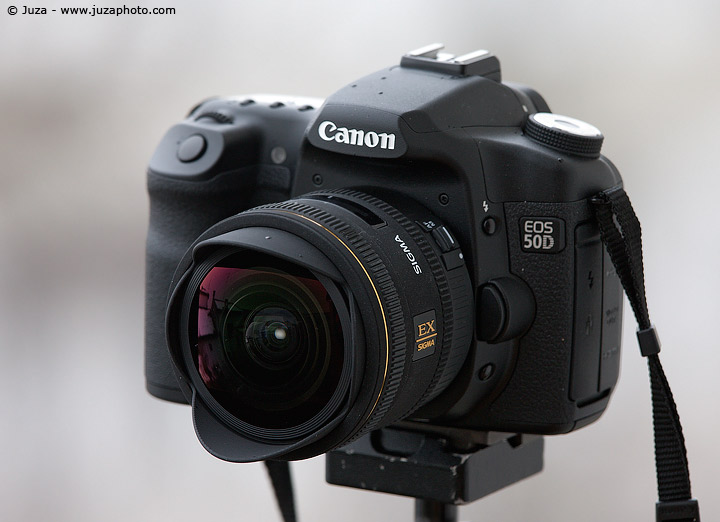
The Canon 50D, announced only one year after the 40D, has been a big surprise under various aspects: Canon has made an huge jump in pixel count, from 10 to 15 megapixel, and an even bigger jump in ISO values, from a maximum of 3200 to 12800 max. Moreover, the price was about 30% higher than 40D: as you can imagine, similar specifications raise great expectations, and they have led to great disappointment when the first cameras were delivered and they did not give what Canon "promised". The highest ISO settings are a joke - 6400 and 12800 are so noisy that they are unusable - and overall the noise is on par with the previous 40D, or slightly worse.
If you add that the first samples shown on the web had very poor sharpness and a lot of optical aberations, that the 40D Canon be bought for a much lower price, and the 50D does not even offer the advantage of movie mode (for now reserved to 5D2), you can understand why the 50D has not generated as much enthusiasm as other Canon cameras.
Actually, the 50D is not that bad. It has not yet the extraordinary price/performances ratio of the 40D, but overall it is a nice camera! Even though the highest ISO settings are way over the top, Canon has managed to maintain the same noise of the 40D, while increasing the pixel count from 10 to 15 megapixel - this is already a big achievement. Moreover, 15 megapixels allow to make very large prints or big crops: the first (very bad) samples shown on internet where not a camera fault, but they were taken either with poor lenses or poor techniques. 15 mp on APS-C would translate in 38 megapixel on FF sensor: of course, such resolution requires high quality lenses, and you have to pay a lot of attention to motion blur and focus error. When used properly, the 50D is capable of very sharp, detailed images.
In this page, I have examined some features of the 50D, and I have made a side by side comparison with the top of the line 1DsIII...you will be surprised by the results!
Specifications
����| � | � �Canon 1DsIII | � �Canon EOS 50D | � �Canon EOS 40D |
�
| �Image sensor | � �21 megapixels, FF | � �15 megapixels, APS-C | � �10 megapixels, APS-C |
�
| �ISO sensitivities | � �50 - 3200 | � �ISO 100 - 12800 | � �ISO 100 - 3200 |
�
| �ISO performance | � �usable up to ISO 3200 | � �usable up to 1600 | � �usable up to 1600 |
�
| �Continuous shooting | � �5 FPS for 17 RAW | � �6.3 FPS for 16 RAW | � �6.5 FPS for 17 RAW |
�
| �Viewfinder | � �100% coverage, 0.76x | � �95% coverage, 0.95x | � �95% coverage, 0.95x |
�
| �LCD screen | � �3", 320x240 px | � �3.0", 640x480px LCD | � �3", 320x240 px |
�
| �Live view | � �Yes | � �Yes (with silent shooting) | � �Yes (with silent shooting) |
�
| �Video | � �No | � �NO | � �No |
�
| �Weather sealing | � �Yes | � �No | � �No |
�
| �Dimensions | � �150 x 160 x 80mm | � �145 x 108 x 74mm | � �145 x 108 x 74mm |
�
| �Weight | � �1.4 kg | � �1385g with battery | � � 1385g with battery |
�
| �Price | � �$ 6,550 | � �$ 1,200 | � �$ 900 |
�
| �Announced | � �2007 | � �2008 | � �2007� |
�
Image quality : detail and resolution
These are some 100% crops from the test photo, converted with ACR with no sharpening, minimum contrast, and without any other enhancement.
����| �Canon 50D (upresized) | � �Canon 1DsIII |
�
�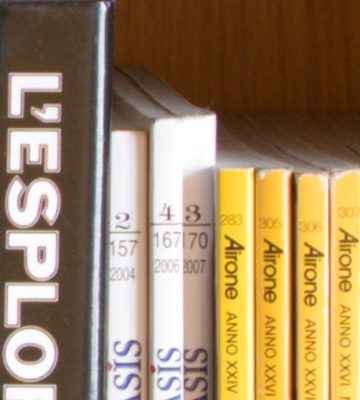 | � �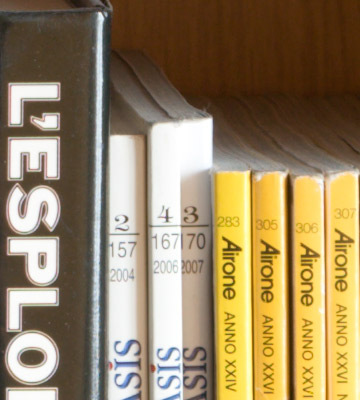 |
�
�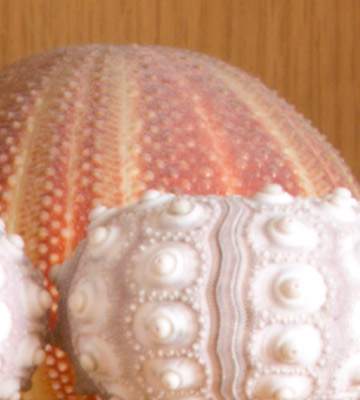 | � �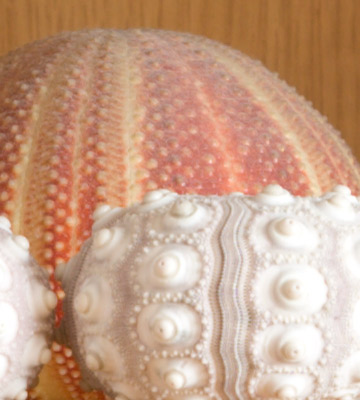 | �
�
The 1DsIII has more resolution and you can clearly see that it has more fine detail, but overall the difference is not huge as you may expect by comparing a $1200 APS-C camera with 15 mp sensor with a $6500 21 megapixel FF camera!
Of course, you need sharp lenses to take advantage of the 15 mp of the 50D. For these test, I have used the Canon 24-105 L at f/8.
Image quality : noise
I have made a simple comparison at the hightest ISO settings; these are 100% crops with no sharpening, minimum contrast, and without any other enhancement. Of course I have not applied any noise reduction.
����| � | � �Canon 50D (upresized) | � �Canon 1DsIII |
�
| �800 | � �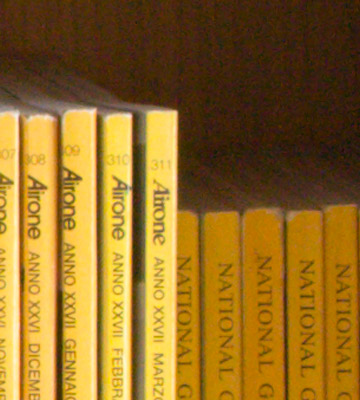 | � �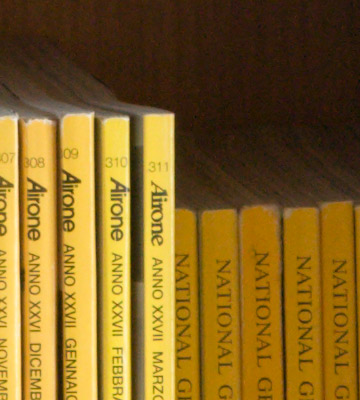 |
�
| �1600 | � �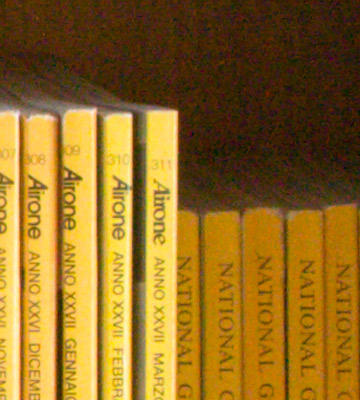 | � �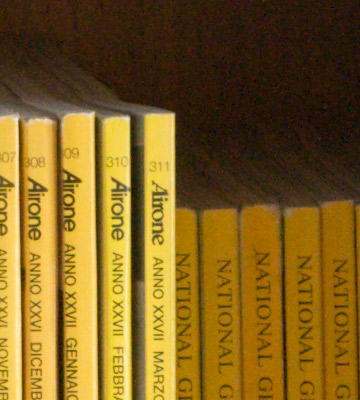 |
�
| �3200 | � �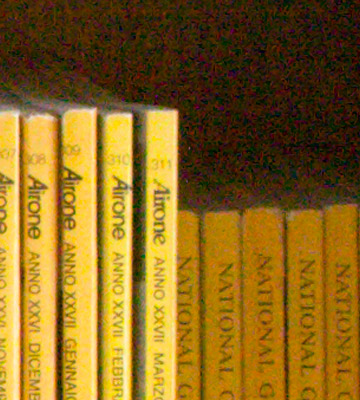 | � �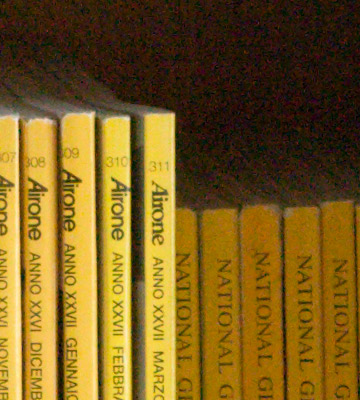 | �
�
The 1DsIII has 1 full stop advantage: ISO 3200 on 1DsIII is like ISO 1600 on 50D, ISO 1600 on 1DsIII is like ISO 800 on 50D, and so on. That said, even the 50D performance is not bad, considering the price difference and the much smaller sensor.
Image quality : diffraction and aperture
One of my biggest worries about the 50D was diffaction: with such small pixel, how does diffraction influence image quality? I have taken some test photos at f/11, f/16, f/22 and f/32, with a very small subject (at high macro ratios diffraction is more visible). The following images are 100% crops.
����| � | � �Canon 50D (upresized) | � �Canon 1DsIII |
�
| �11 | � �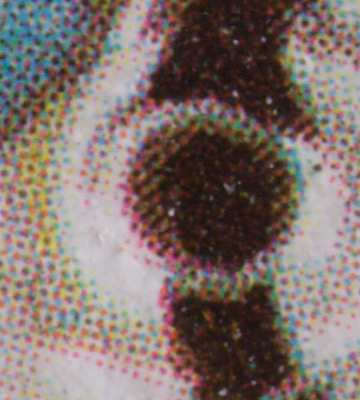 | � �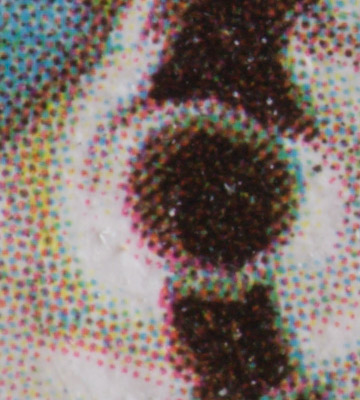 |
�
| �16 | � �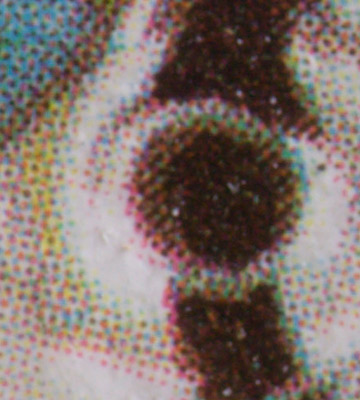 | � �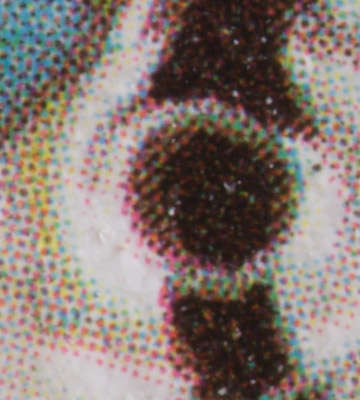 |
�
| �22 | � �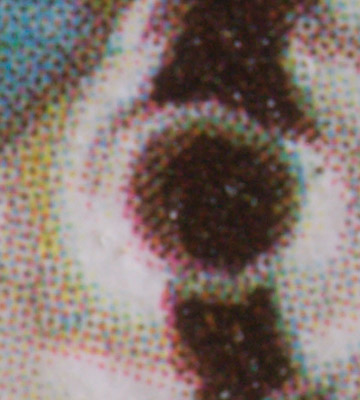 | � �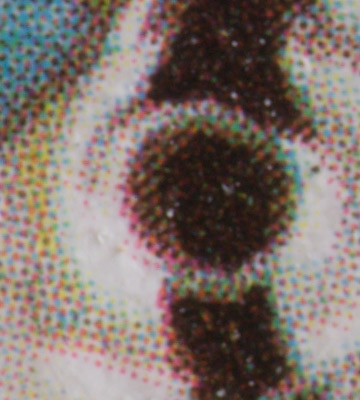 |
�
| �32 | � �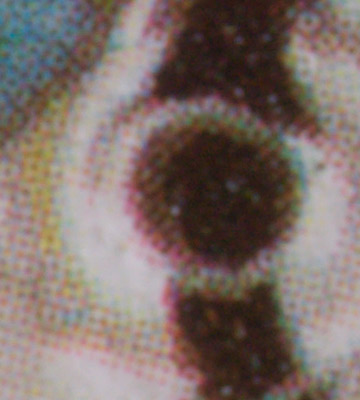 | � �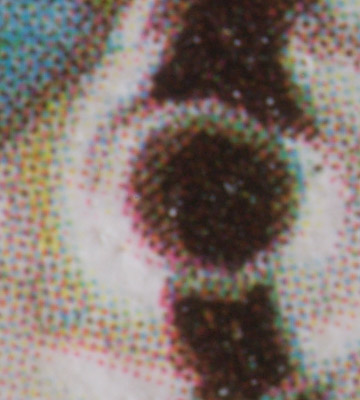 | �
�
In comparison with the 1DsIII, the 50D shows the diffraction "1 stop earlier" - for example, at f/11 the 50D shows the same diffraction of the 1DsIII at f/16. It is not a problem: considering that the APS-C sensors gives 1 stop more depth of field, with the 50D you can use an aperture 1 stop wider than the aperture you would have used with a FF camera, and you will get the same depth of field and the same diffraction.
Conclusions
If you give a look to the detailed specifications on Canon website, the 50D seems to have a lot of improvements in comparison with the 40D; actually, many of these improvements are just...marketing. The 50D has higher ISO settings (buy they are unusable), two sRAW modes (useless), AF in live view (so slow it is unusable), higher resolution screen (nice for the eye, but in practice it does not give advantages).
If you consider only the specifications that matter most, the 50D and the
Canon 40D are very similar - except for the big difference in resolution. It is worth the price difference? It depends - if you print very large, or if you make big crops, the 50D is worth the $300 higher price; instead, if you don't crop a lot, you can save some money and buy the 40D, that has an unparalleled price/performances ratio!
The 50D is not meant to be a
1DsIII equivalent, but since I use this camera, I have decided to compare it with the 50D. You may be surprised by the results; of course the 1DsIII has better image quality, but the difference is not huge, and in many situations the APS-C 1.6x crop and more extended depth of field compensates for the higher noise. Actually, in some respects the 50D (and 40D) are even better than the top of the line 1 series - they are much smaller, lighter, and they have a more advanced live view.




















 JuzaPhoto contains affiliate links from Amazon and Ebay and JuzaPhoto earn a commission in case of purchase through affiliate links.
JuzaPhoto contains affiliate links from Amazon and Ebay and JuzaPhoto earn a commission in case of purchase through affiliate links.